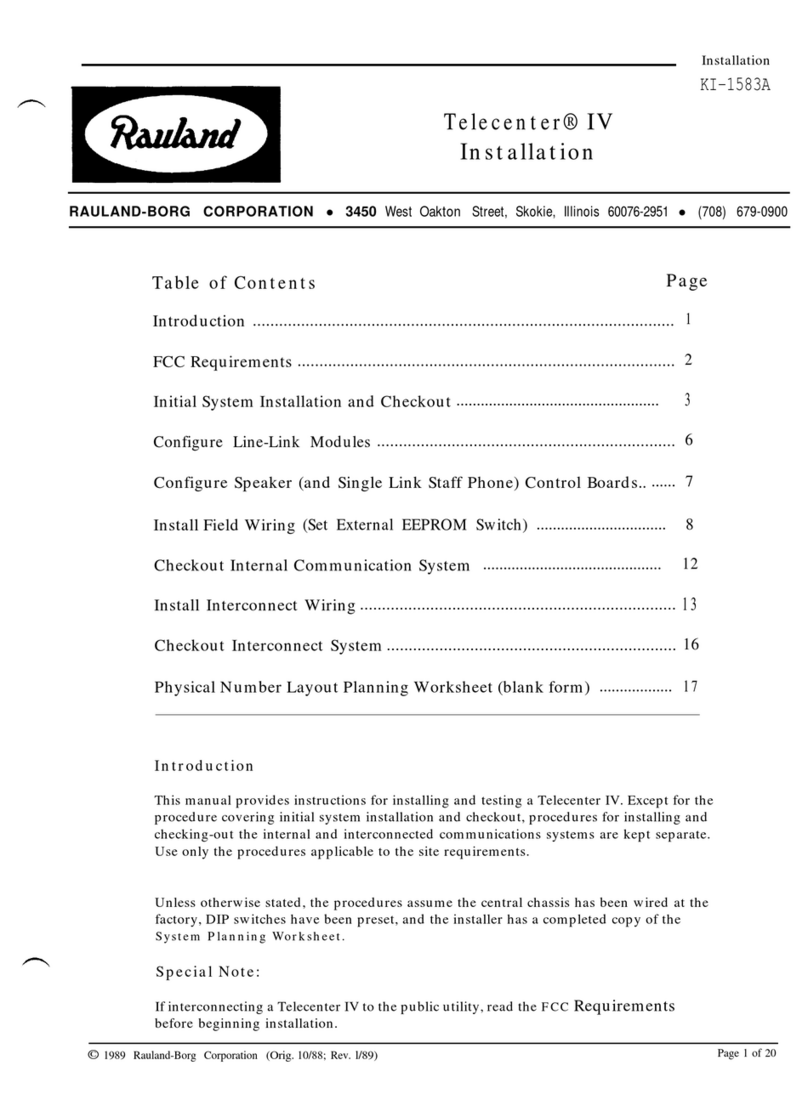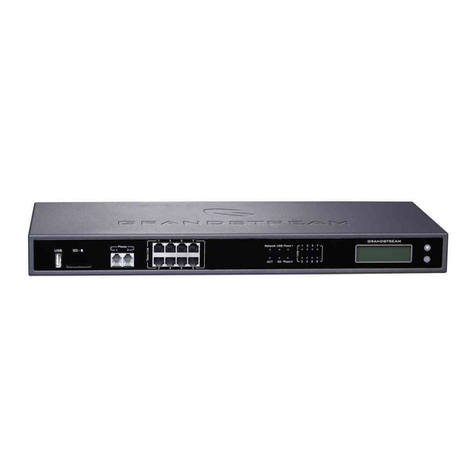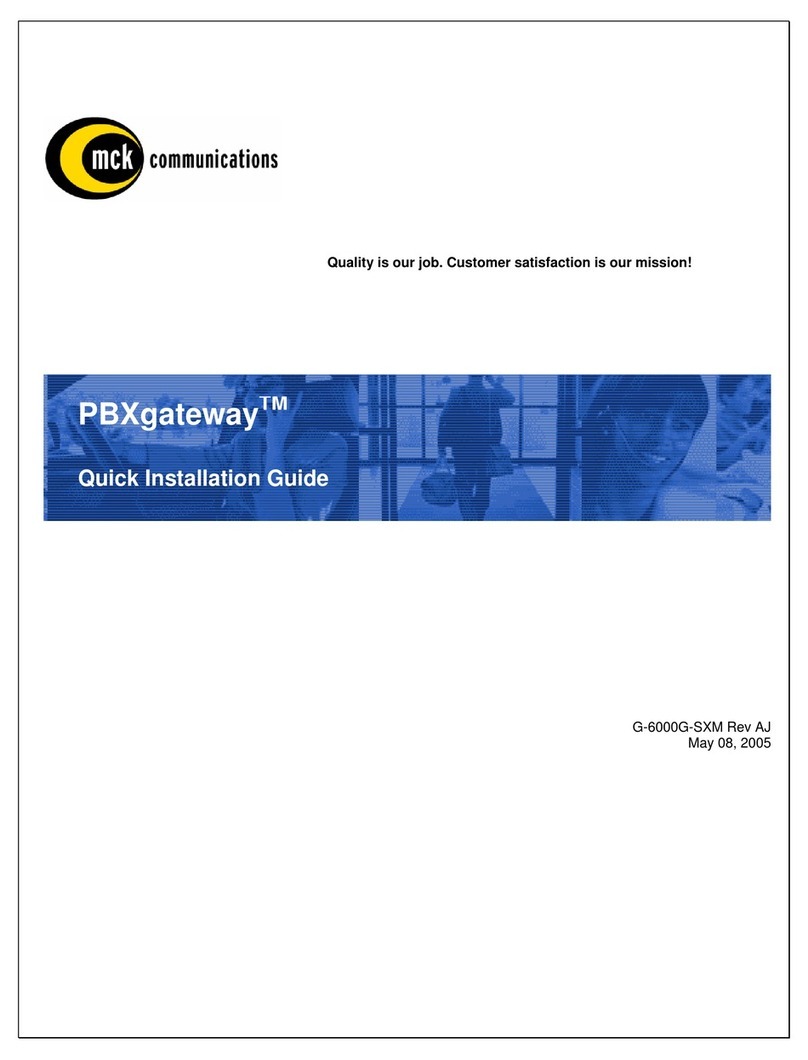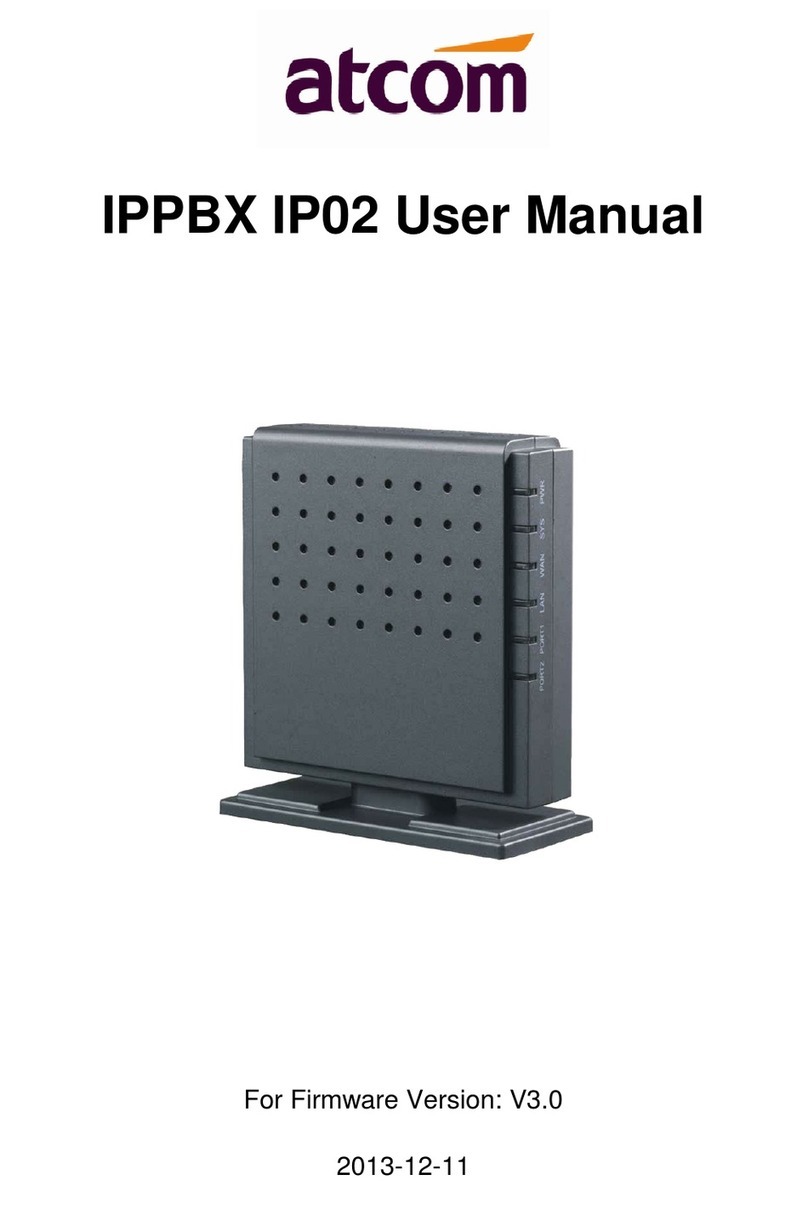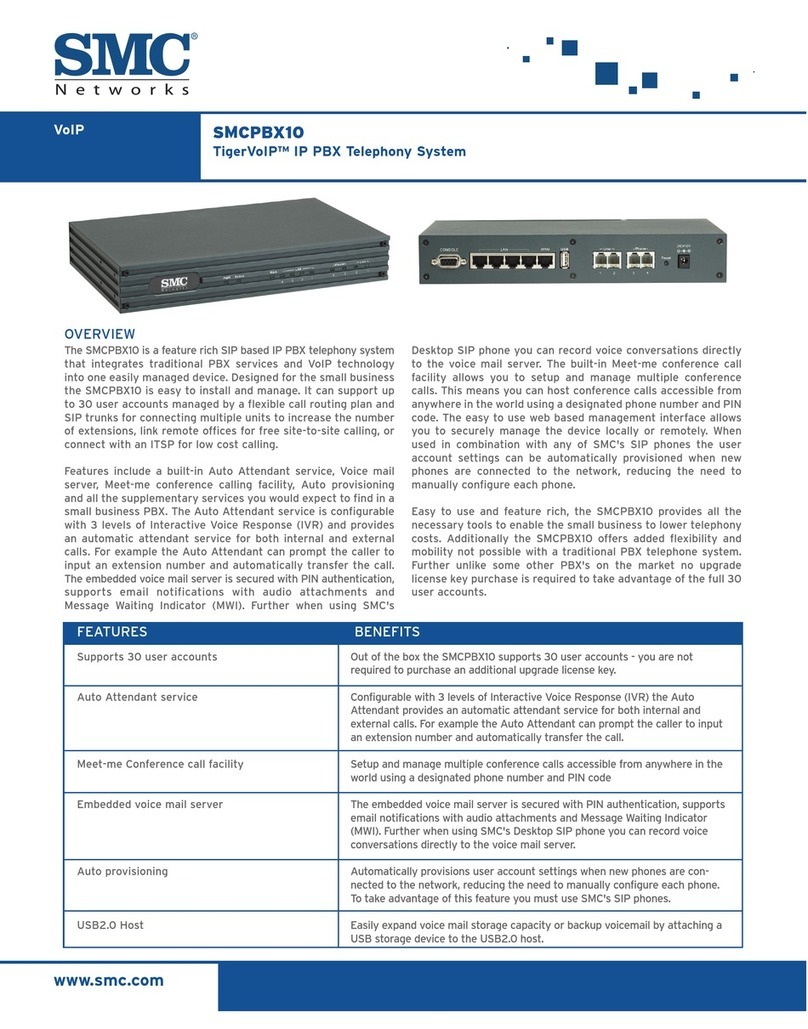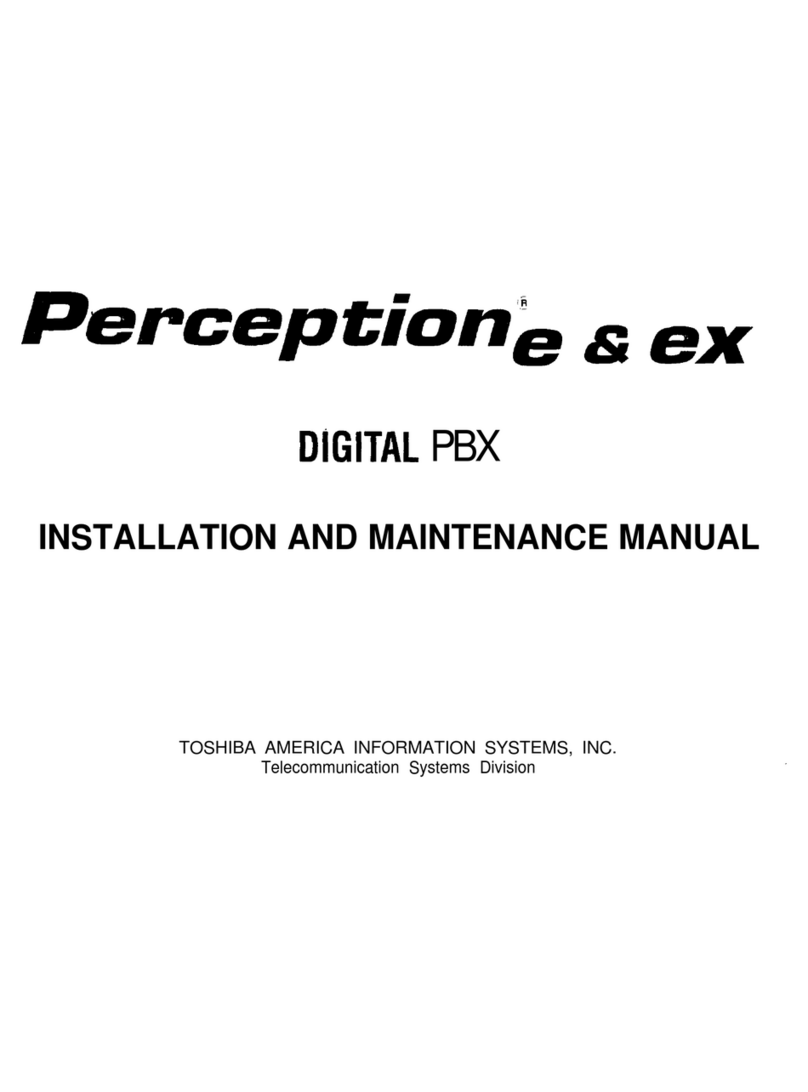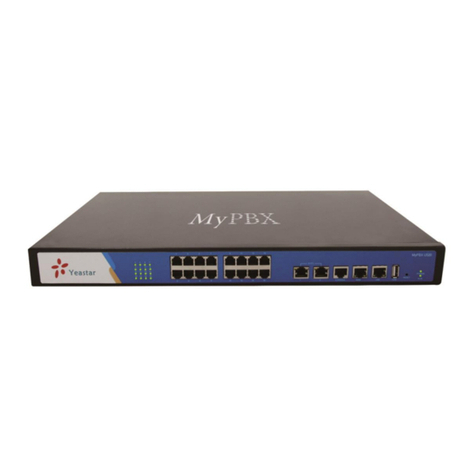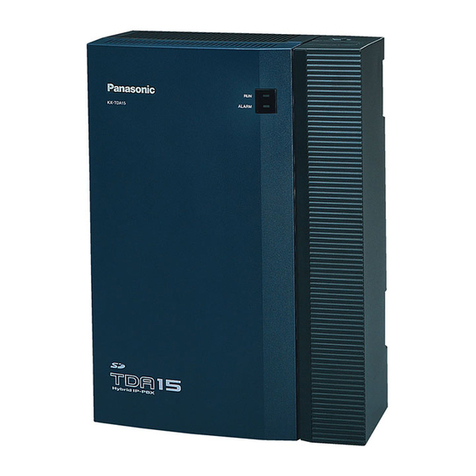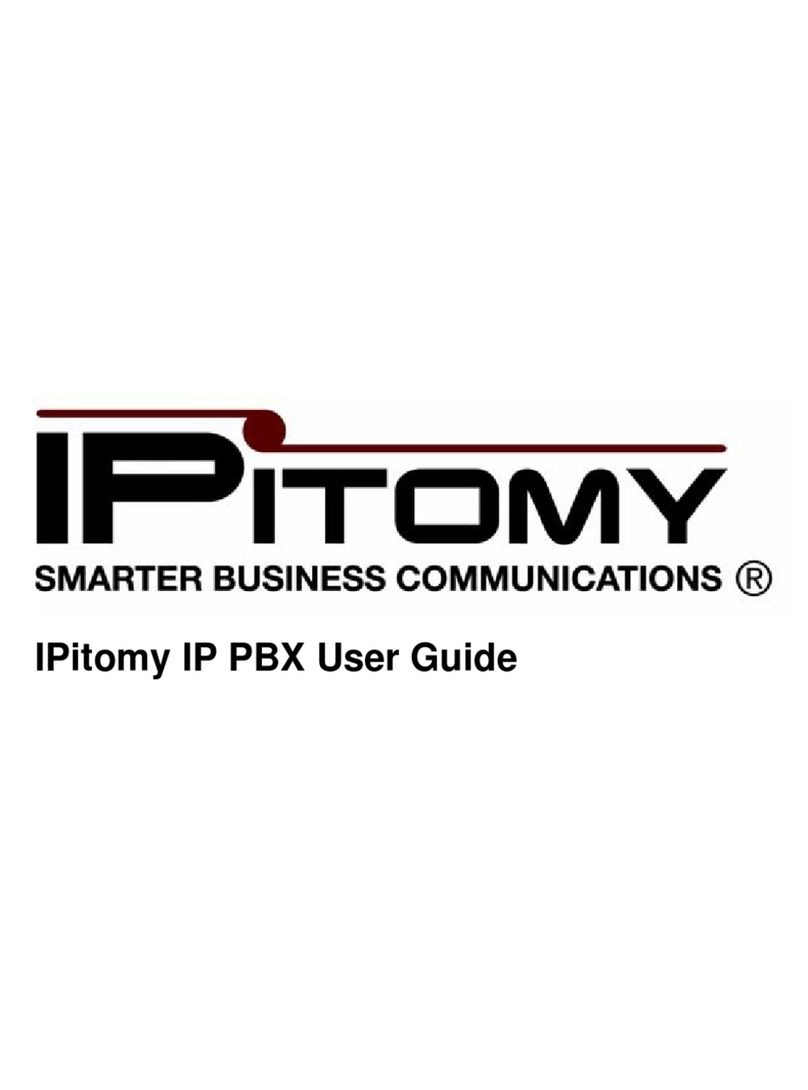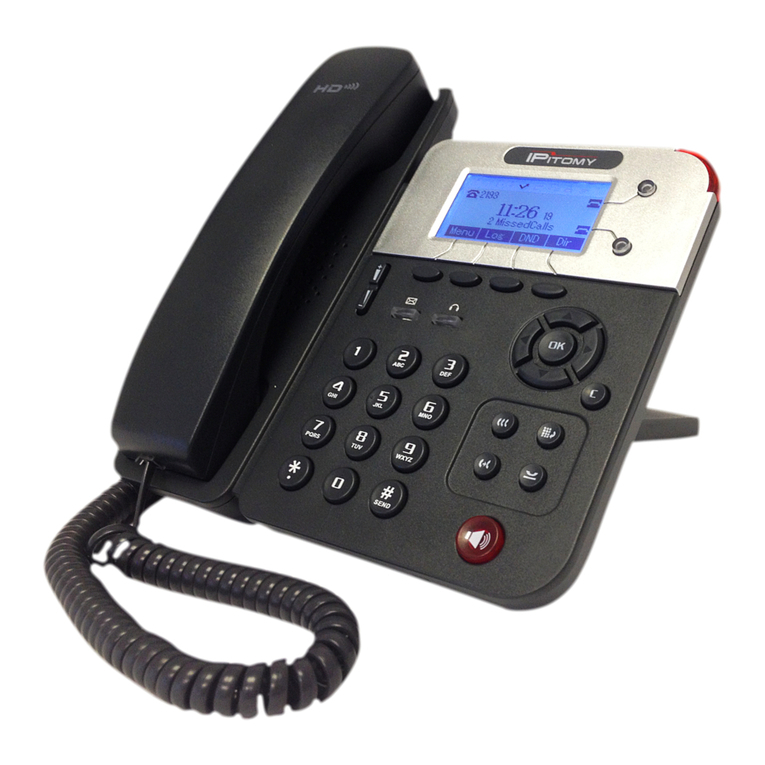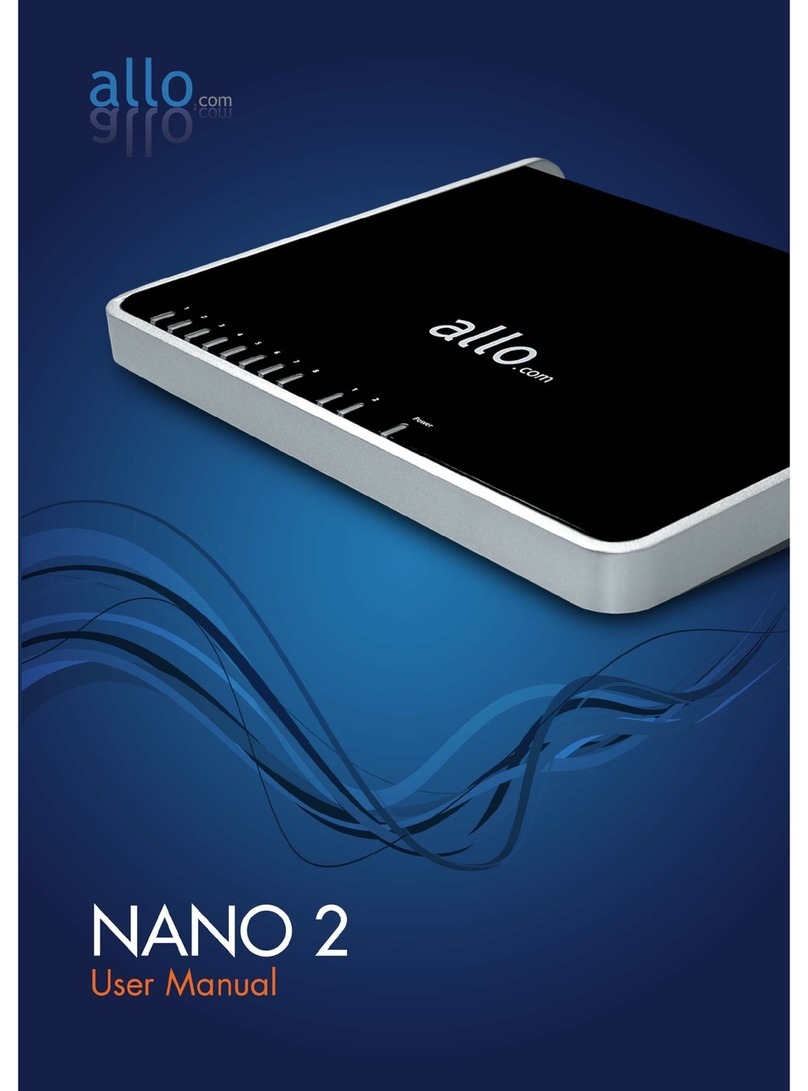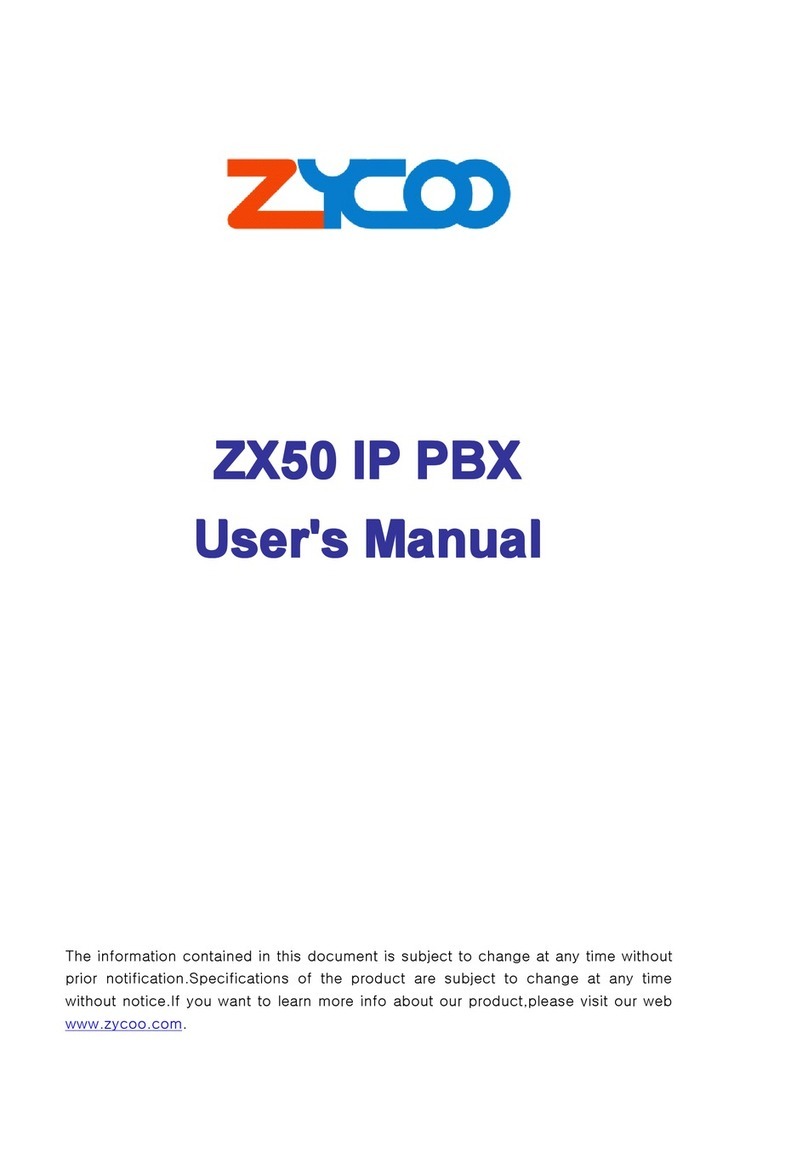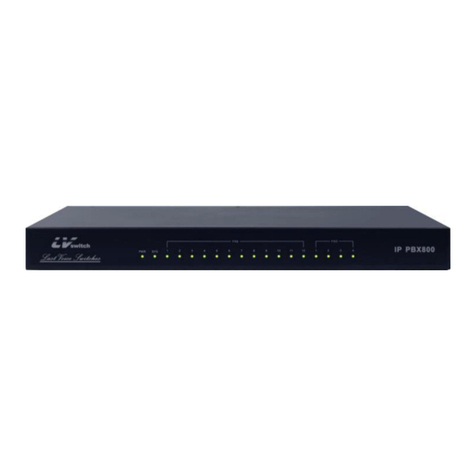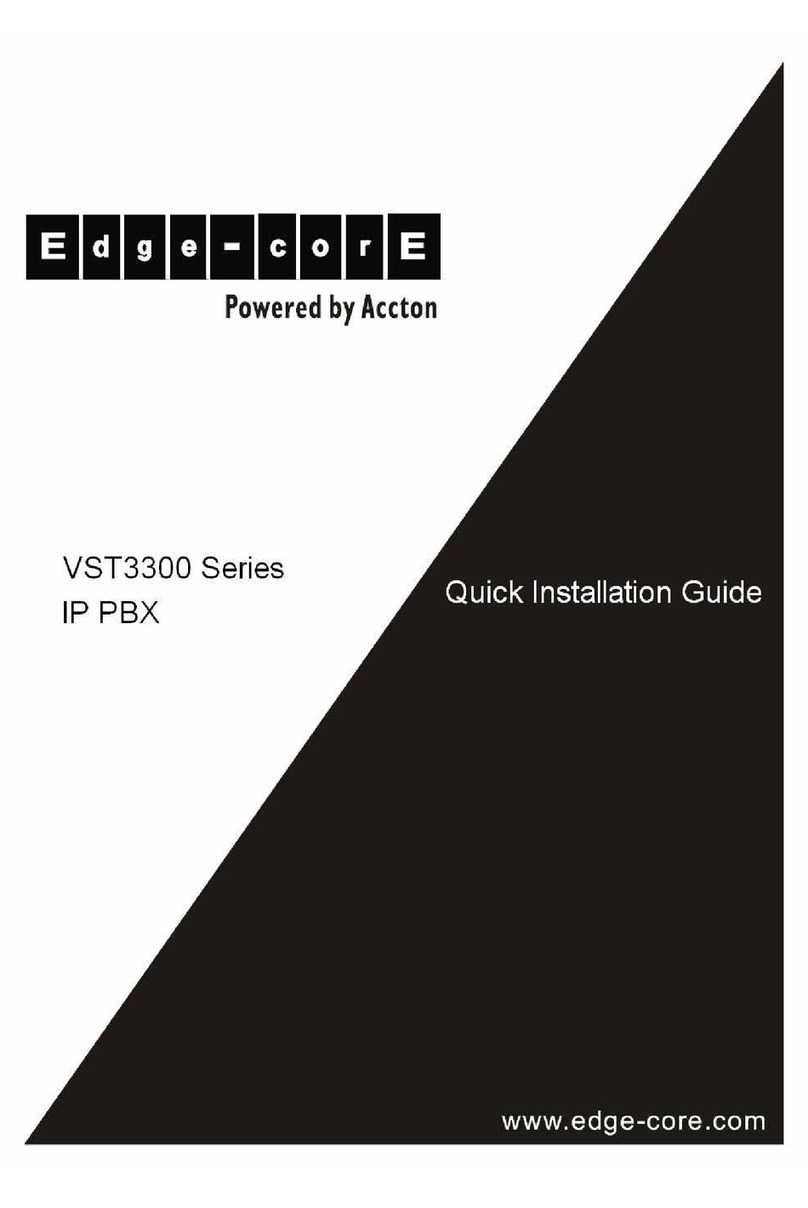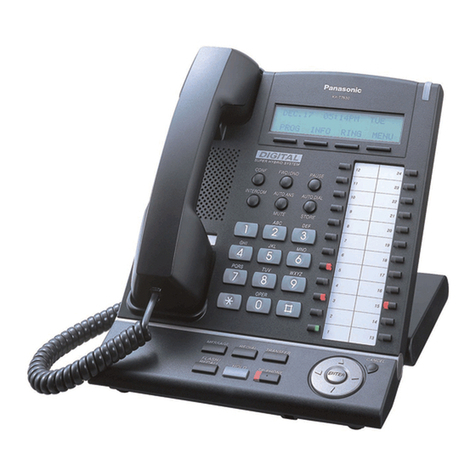Providers...........................................................................................................................................15
Hardware Trunks ..........................................................................................................................15
Destinations ......................................................................................................................................19
Extensions ....................................................................................................................................19
Groups ..........................................................................................................................................26
Menus............................................................................................................................................30
Meet-me Conferences .................................................................................................................33
Voicemail ......................................................................................................................................34
Schedules .....................................................................................................................................36
Call Routing ......................................................................................................................................38
Incoming Routing .........................................................................................................................38
Outgoing Routing .........................................................................................................................40
PBX Setup ........................................................................................................................................41
General .........................................................................................................................................41
Database.......................................................................................................................................42
Voicemail ......................................................................................................................................43
Prompts .........................................................................................................................................45
Music on Hold ...............................................................................................................................46
Feature Codes ..............................................................................................................................48
Services ........................................................................................................................................48
Reports .............................................................................................................................................48
CDR Reports ................................................................................................................................48
Diagnostics ...................................................................................................................................49
Monitoring .....................................................................................................................................49
Smart Personal Console..................................................................................................................50
Smart Operator Console..................................................................................................................51
Call Management Lights ..............................................................................................................51
Appendices .........................................................................................................................................54
Appendix 1: IP Telephones ..............................................................................................................55
IPitomy 100.......................................................................................................................................55
Aastra 480i .......................................................................................................................................55
Aastra 9133i .....................................................................................................................................55
Aastra 9112i .....................................................................................................................................56
Aastra 480i CT .................................................................................................................................56
CounterPath™ eyeBeam®1.5 and X-Lite®3.0 ..............................................................................57
What is a Softphone?...................................................................................................................57
X-Lite®3.0 Free Softphone..........................................................................................................57
